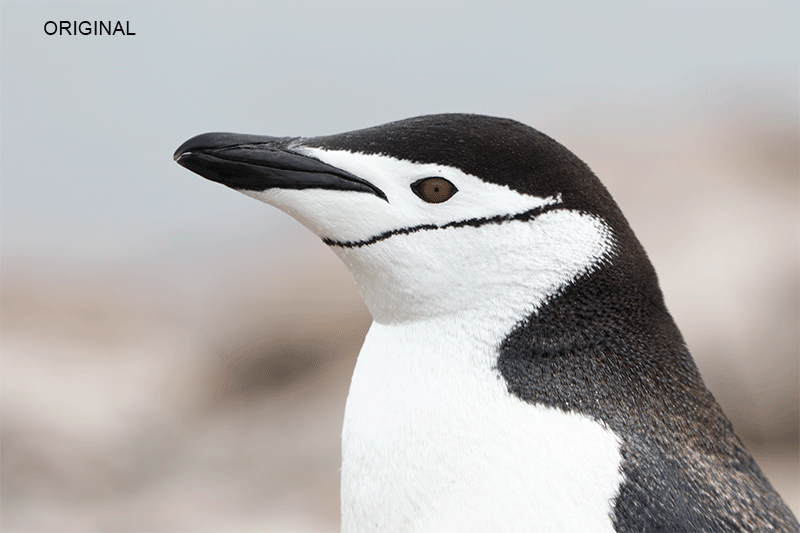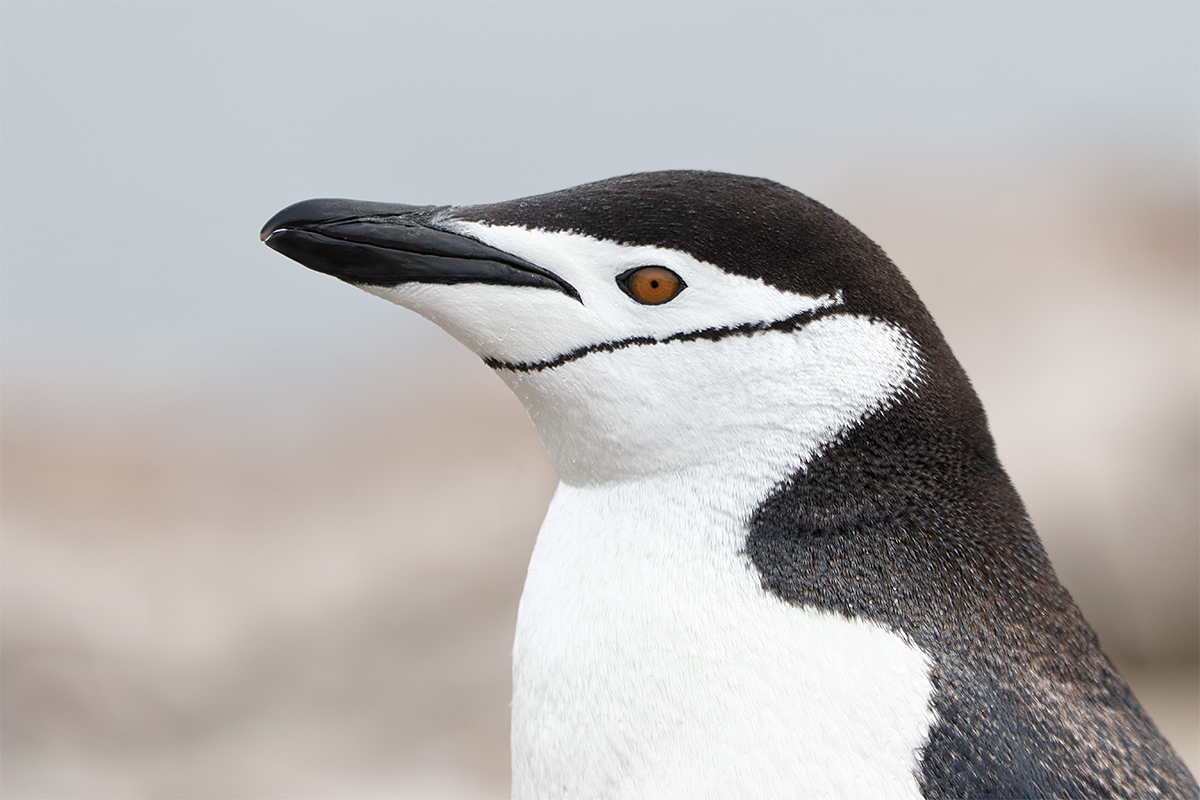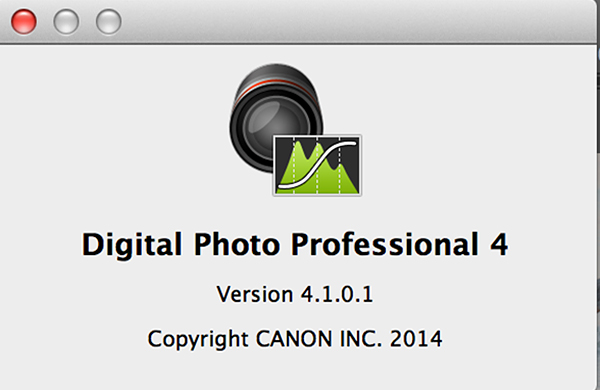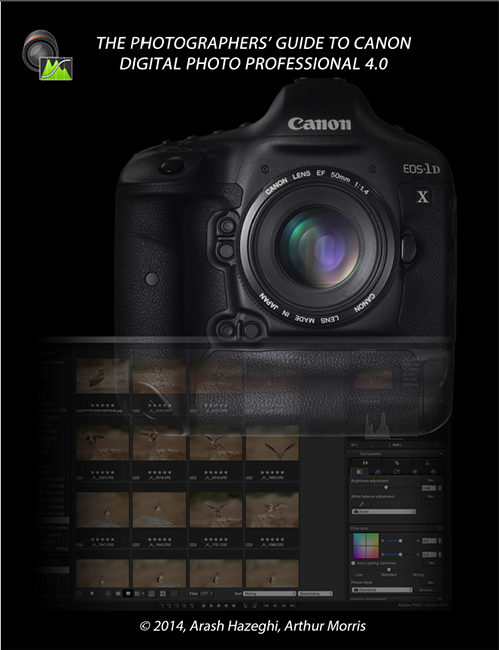Very Important Note
My sam and mayas att e-mail account was suspended on 18 DEC. Those who tried to reach me by e-mail between then and yesterday had their mails bounced back. If you tried to reach me during that period please re-send your important e-mails.
What’s Up?
My delayed bag showed up in ILE at about 10am, delivered courtesy of Delta by Where’s My Suitcase.com. All good; the gel ice packs around my back-up insulin vials were still quite cold. I began work on this blog post many hours ago but was side-tracked ofter answering several important e-mails and dealing with some IPT stuff. IPT updates will be coming soon. This blog post was eventually published at 11:14am from my home in Indian Lake Estates, FL.
I have a ton of exciting new images and tales to share with you here over the course of the next few weeks and am looking forward to doing so.
To show your appreciation for my continuing efforts here, we ask, as always, that you use our the B&H and Amazon affiliate links on the right side of the blog for all of your purchases. B&H Is recommended for you major photography gear purchases, Amazon for your household, entertainment, and general purpose stuff. Please check the availability of all photographic accessories in the BIRDS AS ART Online Store, especially Gitzo tripods, Wimberley tripod heads, and the like. We sell only what I have used, have tested, and can depend on. We will not sell you junk. We know what you need to make creating great images easy and fun. And we are always glad to answer your gear questions via e-mail. I just learned that my account was suspended during my absence; it should be up and running by Monday at the latest.
I would of course appreciate your using our B&H affiliate links for all of your major gear, video, and electronic purchases. For the photographic stuff mentioned in the paragraph above we, meaning BAA, would of course greatly appreciate your business. Here is a huge thank you to the many who have been using our links on a regular basis and visiting the BAA Online store as well.
|
This image was created in cloudy bright conditions at one minute after noon on January 5, 2015 at Neko Harbor, Antarctica with the hand held Canon EF 70-200mm f/2.8L IS II USM lens, the Canon Extender EF 2X III (at 400mm), and the amazing Canon EOS 7D Mark II. ISO 400. Evaluative metering +1 stop: 1/1600 sec. at f/6.3. Central sensor/AI Servo Surround Rear Focus AF as framed was active at the moment of exposure (as is always best when hand holding). Click here to see the latest version of the Rear Focus Tutorial. Click on the image to see a larger version. |
Going Lighter is the Trend: Entering a Whole New World…
Several folks in the BIRDS AS ART Photo Group on the recently concluded Cheesemans’ Southern Oceans Expedition brought big lenses on the trip. Those included at two Canon EF 200-400mm f/4L IS USM lenses with Internal 1.4x Extender, three Canon EF 500mm f/4L IS II USM lenses, and a single Canon EF 400mm f/2.8L IS II USM lens.
To say that they were rarely used by most folks would be a huge understatement. Only my roommate, John McGarvey, used his big lens a fair amount of the time–most of that when shooting flight from the stern of the ship. But he did bring it on several landings. I loved that John could sleep through a Force 11 gale and pretty much anything else that I had to offer late at night. 🙂 The incredibly skilled Michael Viljeon, a Multiple IPT veteran from South Africa brought his 2-4 along and used it only rarely. After I borrowed it for a single landing and made some great images with it he was inspired to use it a bit more but that did not last. He made many landings with and did many zodiac cruises only with the 70-200/1.4X III/7D II combo. It was no shock that he made tons of great images including a few killer head portraits of Macaroni Penguins from a zodiac. Micheal and I shared lenses often. Even John made lots of landings with his 70-200 and his beloved Canon EF 24-105mm f/4L IS USM lens. John’s great strength was with landscapes and ice-scapes. Anil Sud lugged his 200-400 on only a very few landings. Ingrid Liem brought her 400 II ashore only once and quickly realized that is was simply way too large and way too heavy.
For the first half of the trip I made many landings with the much lighter Canon EF 300mm f/2.8L IS II USM lens. Nearly all of those were made with the 70-200/2X III/1D X on my shoulder via a Black Rapid RS-7 Strap on my right shoulder. For the second straight trip I was left wishing that I have brought along a second RS-7 strap; never again! Inspired by Michael Viljeon’s successes with the hand held 70-200 II/1.4X III/7D II images I began copy-catting him. My results were excellent and as you see with today’s image I often went to the 70-200 II/2X III/7D II combo. Do note that even the 70-200 II/1.4X III/7D II combo offers you more effective reach than the 70-200/2X III/1D X rig, 448 to 400. And in addition it the former gains you a full stop lower ISO as you can work at f/4 rather than at f/5.6.
I should be able to get my hands on my very own Canon EF 100-400mm f/4.5-5.6L IS II USM lens this week. This lens combined with the 7D Mark II will surely trigger yet another huge evolutionary leap in modern day bird photography. With a Canon Extender EF 1.4X IIIin your pocket you will have coverage from 160mm to 896mm effective. Throw in the Canon EF 16-35mm f/4L IS USM lens and you will be ready for just about anything anywhere.
Do I really need to bring my Canon EF 600mm f/4L IS II to San Diego???

|
The Image Optimization
Like all of my new work, this image was converted in DPP 4.0. I worked a lot on the ship in DPP 4 with Michael Viljeon at my side. He is loving it too. Take a careful look at the Before and After animated GIF above. Note the Digital Eye Doctor work and the elimination of the very distracting dark area in the background that intersects with the penguin’s neck in the original. For the latter I used the Protective Cloning on a Layer Technique as taught to me by Denise Ippolito.
Digital Basics
Everything that I did to optimize today’s image is covered in detail in my Digital Basics File–written in my easy-to-follow, easy-to-understand style. Are you tired of making your images look worse in Photoshop? Digital Basics File is an instructional PDF that is sent via e-mail. It includes my complete digital workflow, dozens of great Photoshop tips (including the Surface Blur settings as taught to me by Denise Ippolito), details on using all of my image clean-up tools, the use of Contrast Masks, several different ways of expanding and filling in canvas, all of my time-saving Keyboard Shortcuts, Quick Masking, Layer Masking, and NIK Color Efex Pro basics, Contrast Masks, Digital Eye Doctor techniques, using Gaussian Blurs, Tim Grey Dodge and Burn, a variety of ways to make selections, how to create time-saving actions, and tons more.
APTATS I & II
Learn the details of advanced Quick Masking techniques in APTATS I. Learn Advanced Layer Masking Techniques in APTATS II. Mention this blog post and apply a $5 discount to either with phone orders only. Buy both APTATS I and APTATS II and we will be glad to apply at $15 discount with phone orders only. Please call Jim or Jennifer at 863-692-0906 weekdays to order.
|
DPP 4 is completely new and different from the various versions of DPP 3. It handles files only from the following cameras: EOS-1D X, EOS 5D Mark III, EOS-6D, and the EOS-7D Mark II. |
Great Digital Photo Professional 4.1.50 News
An updated version of Canon Digital Photo Professional that supports RAW files from the EOS-7D Mark II is available for download via the Canon USA website. The huge news is that–as many had hoped–the latest version now offers support for several popular older Canon digital camera bodies including and especially the EOS-1D Mark IV, the EOS 7D, the EOS 5D Mark II, EOS Kiss X7i, and the EOS Rebel T5i among others.
I will have more on this new update soon.
|
The Photographers’ Guide to Canon Digital Photo Professional 4.0 by Arash Hazeghi and Arthur Morris is now available. Click here to order. |
The DPP 4 eGuide (PDF)
The Photographers’ Guide to Canon Digital Photo Professional 4.0 by Arash Hazeghi and Arthur Morris: $40.
Artie first went to DPP because he was not happy with the colors he was getting with 1D X and 5D III images from ACR (Adobe Camera Raw). Though less than intuitive, he found it fast and easy to use once he mastered the basics. He collaborated with Arash Hazeghi on the first DPP RAW Conversion Guide. Do understand that the DPP RAW Conversion Guide details the use of various iterations of DPP 3. He calls those the DPP 3.whatever versions. The latest version is DPP 3.14.41.0.
Some time ago Canon released DPP 4.0, completely and utterly new and different from DPP 3. When it was introduced DPP 4 worked only EOS-1D X, EOS-5D Mark III, and EOS-6D images and that is still the case today. It will not work with RAW files from older Canon digital camera bodies. Both authors are hoping that a new version of DPP 4 that will convert EOS-7D Mark II images will be released soon.
In the meantime, DPP 4 performs superbly with his 1D X and 5D III images. When he first opened DPP 4 he felt as if he were in the cockpit of a Boeing 747 and was being asked to fly it. There were so many tabs and buttons and controls that he simply closed the program. He immediately called Arash and asked him if he wanted to work together on a DPP 4 guide. After 100s of hours of work the guide is now ready to teach you to conveniently and easily use DPP 4 to create the finest possible image files from your 1D X, 5D III, and 6D image files. Basically, Arash sent artie a sophisticated outline that he re-crafted into a clear, concise, easily understood, and easy to follow how-to guide written in the BAA style. Arash created all of the charts, diagrams, and graphics.
His charts with recommendations for both Chrominance and Luminance Noise Reduction values for each of the 3 covered cameras at various ISO settings are alone worth the price of the book. He spent many dozens of hours experimenting with high ISO RAW files and shares his findings with you in the DPP 4 Guide. Folks will surely want to create some sort of easily accessible quick reference on their laptops and home computers.
DPP offers a host of great features some but not all of which are reminiscent of ACR. These include the following: Multi-image display, the extremely valuable Before/after Comparison layout, Highlight/shadow warnings, White Balance, and the eight RAW Conversion tabs that include sliders for Brightness, Highlights, Shadows, Contrast, Hue-Saturation, Color Tone, Sharpness, Noise Reduction, HSL (Hue/Saturation/Luminance), Lens Corrections, and Digital Lens Optimizer among others. We teach you how to best utilize each of those and many more. We share our slightly different DPP workflows and dozens of tips that will simply make your life easier. Arash uses DPP4′s rating system for choosing his keepers while artie continues to rely on BreezeBrowser Pro for that. DPP offers a variety of sorting filters. We explain all of the options. In addition, we teach you how to set your preferences and how to arrange your workspace for the greatest efficiency.
Both authors firmly believe that the manufacturer’s conversion algorithms will always out-perform 2nd party software when it comes to preserving image quality, fine detail, and accurate color rendition.
The authors wish to thank Chuck Westfall and Rudy Winston of Canon USA for their help; they are always available to answer our nit-picking questions. Sincere thanks also to Ken Kovak, Bob Schwartz, Dane Johnson, and John Stuhlmuller for their thoughtful and substantive reviews of late drafts of the DPP 4 manuscript.
You can order your copy of the DPP 4 Guide for $40 through the BAA Online Store by clicking here, by calling Jim or Jen in the office at 863-692-0906 with credit card in hand, by sending us a check made out to “Arthur Morris” or a money order for $40 to BIRDS AS ART, PO Box 7245, Indian Lake Estates, FL 33855, or by by sending a Paypal for $40 to e-mail. IN the latter two instances be sure to note DPP 4 Guide so we know what you are ordering :).
Note: the Sharpness and Noise Reduction Charts will be updated to include the recommended values for the 7D Mark II. I have been sending RAW files to Arash for several days. Now Arash has a lot more work to do. For those who have purchased the DPP 4 Guide, the update will of course be free but please be patient.
Those using older Canon camera bodies like the 1D Mark IV, the 7D, the 50D, the 40D, the various Rebels (not highly recommended for serious nature photography), are directed to the original DPP RAW Conversion Guide click here. DPP 3 (the latest version is DPP v3.14.41.0) does a fine job of converting images from the older camera bodies. I used it for several years.
DPP 4 eGuide Kudos via e-mail from Melvin Grey
Artie, Thank you very much for creating and sending the superb new guide and for the excellent service.THANK YOU and ARASH, once again, for an invaluable guide and THANK YOU for your continuing educational blogs. Melvin
Be sure to like and follow BAA on Facebook by clicking on the logo link upper right. Tanks a stack!
Support the BAA Blog. Support the BAA Bulletins: Shop B&H here!
We want and need to keep providing you with the latest free information, photography and Photoshop lessons, and all manner of related information. Show your appreciation by making your purchases immediately after clicking on any of our B&H or Amazon Affiliate links in this blog post. Remember, B&H ain’t just photography!




Amazon.com
Those who prefer to support BAA by shopping with Amazon may use this link:
Amazon Canada
Many kind folks from north of the border, eh, have e-mailed stating that they would love to help us out by using one of our affiliate links but that living in Canada and doing so presents numerous problems. Now, they can help us out by using our Amazon Canada affiliate link by starting their searches by clicking here. Many thanks to those who have written.
Typos
In all blog posts and Bulletins, feel free to e-mail or to leave a comment regarding any typos or errors. Just be right :).

















Hi, Artie, from Ecuador, where I have brief access to the internet. Wonderful images as always. I don’t want to get into the argument with Jim Brown from here, except to say that I don’t believe that he’s correct; but I do want to rave about the 100-400 f/4.5-5.6L IS II lens. I’ve never had such sharp images, even with my beloved 400 f/5.6L, and I’ve become totally addicted to the 4-stop IS–it’s real–and the 3.2 feet minimum focus distance and the very fast AF and the zoom.
Welcome back!
Thanks. Can’t wait to get mine…. a
And I can’t wait to see your images with it. There’s a typo in my first post; the MFD is 3.2 feet, not 3.2 m.
Me too. Typo fixed. a
Typo – should be the link that is on this blog post takes me to the 16-35mm not 16-25mm f/4 IS USM. Too many hours at the computer today 🙁
Now you have me confused :). The active link above take you to the 16-35 f/4L IS, the latest greatest version; this is what I intended. artie
Guess I didn’t type my first email clearly. The link that is on this blog post takes me to the 16-25 mm f/4 IS USM on B&H. There is a 16-35mm f/2.8L II USM lens also. I’m curious why you are recommending the f/4 over the f/2.8. I agree – I do not know of a 16-35mm VII. Thanks for the clarifications!
Welcome back Artie! I’m glad your trip was a success and you’re home safe and sound. Any reason you’re recommending the 16-35 f/4 vs the 16-35 f/2.8 II?
Thanks Vicki.
As far as I know, there is no 16-35mm VII…. The IS version is an f/4 but does have IS. artie
Artie, I love your work and you are an inspiration to me. However, “effective reach” is a false concept to many that think it is real “reach”. Maybe “perceived reach” would be a better description. Given the same focal length lens on a full frame and a 1.6 crop sensor; the size of the subject, lets say, bird, on each sensor is the same. The only difference is that the crop sensor does just that. It crops the area around the bird giving the illusion that you are using a longer lens. A 300mm lens is a 300mm lens. The image size cast from it is the same regardless of “film” size. You have already proven that; given the same amount of pixels from a 1DX, 5D III and 7D ii, the IQ from the 5D III is better than 1DX and that is better than 7D II. The individual pixel is larger in the 5D III and able to capture more information. Therefor, cropping a full frame shot to the same image size of the other two bodies will give you an image with better IQ. So, why not shoot full frame and have the added advantage of having some more room around the subject to play with? OK, it is a smidgen lighter to carry the crop camera.
I do love both my 5D III and 7D II. And yes, Artie, I love you also.
PS. I screwed up on MP count vs. size of MP between 1DX and 5D III. Sorry. But the test you did comes up with same conclusion of IQ with 5D III as winner, 1DX second and 7D II as third. Oh well, getting older!
Thanks on all counts Jim. While I fully understand the concept in theory, I am not at all convinced as to how things play out in reality….. As I stated originally, the “test” that I did was subject to so many variables that the “results were anything but conclusive. With a crop factor body are we not using the sharpest part of the optics, the center?
In addition, I am convinced that the sharpness and image quality of 7D II files rivals that of un-cropped 1D X and 5D III images. Is this opinion possibly supported by improvements in the 7D II imaging sensor?
Even though I have a 1D Mark IV usually mated to a 500 L IS on a tripod, I have gotten most of my best flight images (e.g. at Venice) with an original 7D and a 70-200 f/4L IS lens, handheld, mated to a 1.4x TC and held on a Black Rapid RS7. I suppose I’m just not quick enough to find birds at a close distance with a bazooka like the 500.
BTW, it is great to see your posts and photos coming through again. It’s been a cold and barren January here in norhern KY.
p.s. I just acquired the new 100-400 II lens. Looking forward to using it extensively week after next!
Yikes! That should be spelled “forward”, not “foreward”!
Yikes indeed and corrected. artie
I believe you were working on a 7 D II guide. If so, when might it be ready?
A couple of weeks. It is a ton of work. I may offer a pre-release but incomplete 7D II/Rear Focus/AF set-up guide much sooner but I need to give that some thought. artie